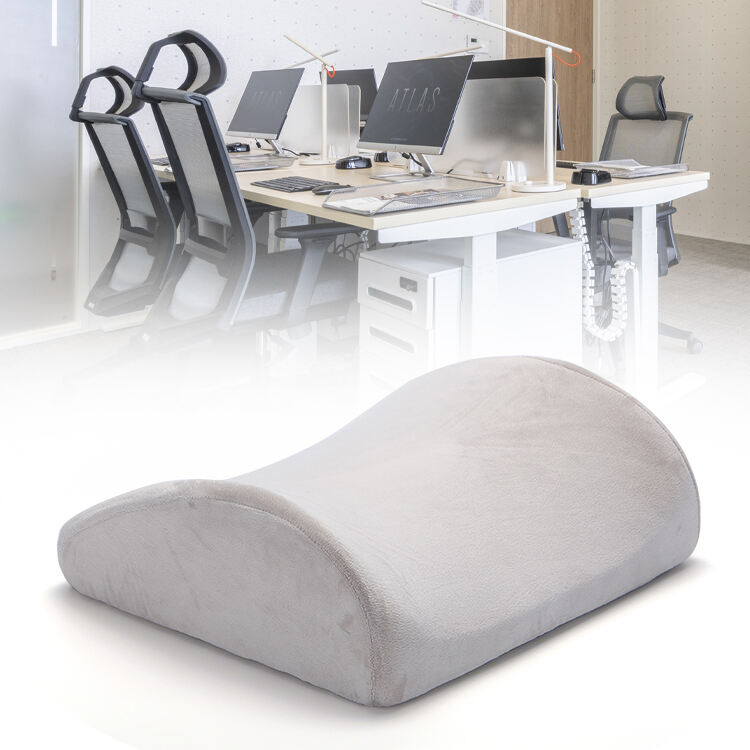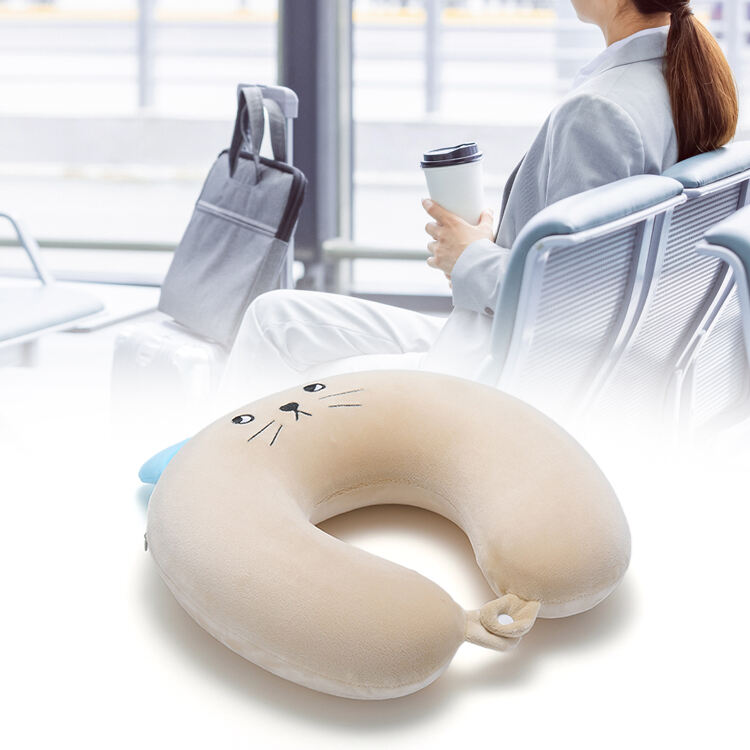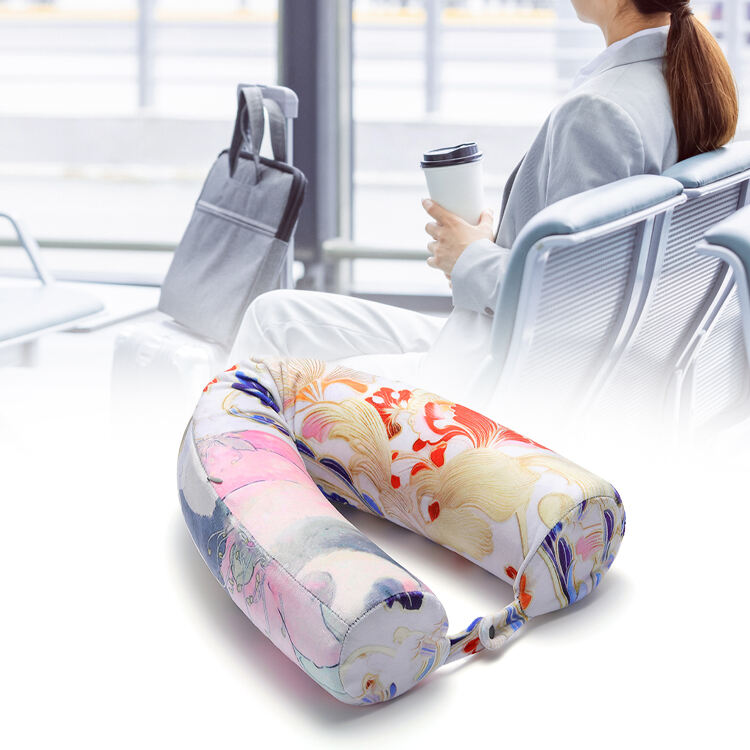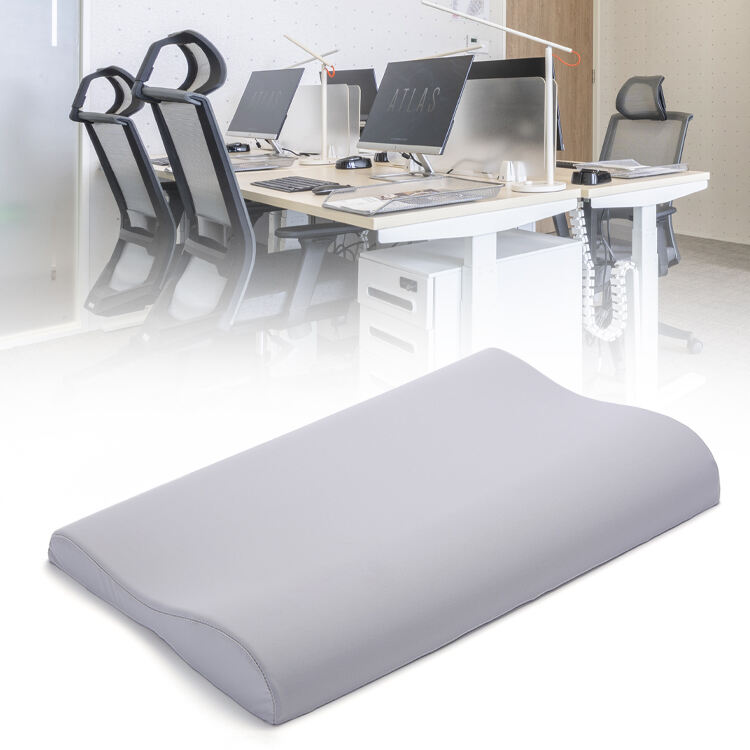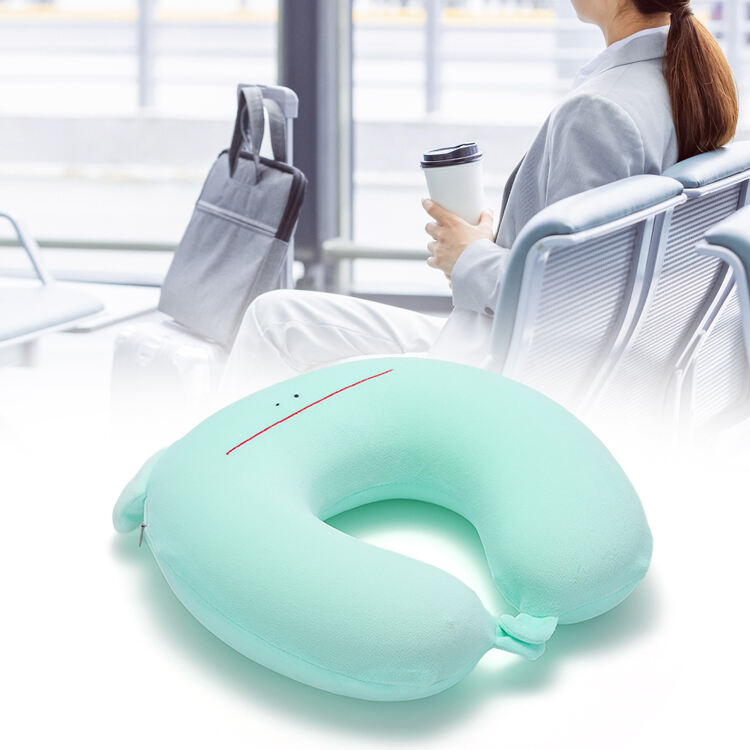The Science Behind Soft-Touch Memory Foam
Viscoelastic Technology: How Memory Foam Adapts to You
Memory foam relies heavily on what's called viscoelastic tech, basically a special kind of material that gets softer when it meets body heat and pressure. Believe it or not, this stuff actually came from NASA research way back in the 60s, though it took decades before people started seeing it everywhere in beds and pillows. What makes viscoelastic foam so good? Well, it molds right around whatever body shape lies on top of it, giving folks that customized feel they want while still supporting their spine properly no matter how they sleep at night. Take someone who sleeps on their back versus someone who rolls onto their side all through the night – memory foam adjusts either way to take pressure off those achy spots. Some studies out there claim that sleeping on these materials improves overall sleep quality somewhere around 80 percent, though results probably vary from person to person. With all this flexibility, it's no wonder why so many shoppers gravitate toward memory foam options when picking out new bedding.
Breathable Cooling Layers for Temperature Control
When making memory foam products, adding breathable materials really matters because they help keep air moving and pull sweat away from the skin. A cooler sleeping area makes all the difference when trying to get good shut eye without waking up multiple times during the night. Studies have shown that controlling body temperature while asleep actually boosts overall sleep quality quite a bit. Some tests even found people spent about 33% more time in deep restorative sleep stages when temperatures were just right. Pillow makers today are getting creative with how they tackle this problem. Many now include things like special gels mixed into the foam or create tiny pockets within the material itself to let more air pass through. These little tricks work pretty well at pushing excess heat away so heads stay nice and cool through the whole night cycle. People who tend to run warm while sleeping find these newer pillow designs especially helpful for staying comfortable until morning comes around.
Hypoallergenic Materials for Healthier Sleep
Memory foam pillows made with hypoallergenic materials create a real defense line against common allergens, especially helpful for people who struggle with allergies. Regular pillows tend to collect dust mites and mold over time because their fibers trap these particles, but memory foam has a much denser construction that keeps most allergens from settling inside. About one in five people deal with allergy symptoms that disrupt their sleep at night, making good quality hypoallergenic bedding something worth considering seriously. Manufacturers put memory foam through various tests to ensure it meets safety requirements, so consumers know these products actually work to cut down on allergen buildup. For folks looking for ways to improve their sleep while managing allergies, memory foam remains a solid option despite its higher price point compared to standard pillow alternatives.
Unparalleled Comfort: Benefits of Our Memory Foam Pillow
Pressure Relief for Neck and Shoulders
What makes memory foam pillows special is how they relieve pressure on the neck and shoulders so effectively. The material spreads body weight around pretty well, which takes pressure off those annoying spots that cause discomfort and pain during sleep. People who struggle with tension in these areas find this really helpful. Research shows folks who switch to memory foam tend to experience less neck pain, especially if they usually sleep on their side or back. Physiotherapists and chiropractors we've talked to agree too many patients report better results after making the switch. These pillows mold themselves to whatever position someone sleeps in, giving customized support throughout the night. Most people wake up feeling fresher without that stiff neck sensation that comes from poor pillow support.
Optimal Spinal Alignment and Posture Support
Getting the spine aligned right while sleeping matters a lot for general health, and memory foam pillows do a pretty good job at helping with this. They mold around the head and neck to keep the spine in a natural position most of the night, cutting down on morning stiffness and backaches that many people wake up with. Research into body positioning shows that when memory foam conforms properly, it takes pressure off muscles and joints, which means fewer aches down the road. Doctors who specialize in sleep disorders often talk about how important good posture is during rest periods. That's why so many folks end up choosing memory foam options not just because they feel comfortable, but also because they want to avoid long term problems from poor sleeping positions.
Durable Structure for Long-Lasting Softness
High quality memory foam pillows just don't wear out like cheaper alternatives. They stay soft and supportive for ages because of their solid construction. Most other pillow materials tend to sag or get lumpy after a while, but memory foam keeps its shape day after day. People who have used these kinds of pillows report that they last way longer than anything else on the market, which makes them worth every penny spent. Want to make sure yours lasts? Let it air out regularly and check those care labels before tossing it in the wash. Customer feedback shows this simple maintenance really works wonders. Following these basic steps helps keep all that support intact so good night's sleep becomes something people actually experience year after year.
Tailored Support for Every Sleep Position
Side Sleepers: Contoured Support for Shoulder Gap
People who sleep on their sides tend to run into some real problems because there's usually a big space between the shoulder and head area, which causes alignment issues and all sorts of discomfort. Memory foam pillows work great at filling that annoying gap between the shoulder and neck, giving proper support so folks can actually get a decent night's rest. A bunch of research shows that people sleeping sideways commonly deal with things like sore shoulders and stiff necks, but when they switch to those contoured memory foam options, most report feeling much better after just a few nights. Lots of side sleepers have shared stories about how these specially made pillows make such a difference in their sleep quality, helping them find a position where they don't wake up with aches all over.
Back Sleepers: Balanced Loft for Neutral Alignment
Back sleepers need to keep their spine in a neutral position to avoid waking up with sore necks and backs. Memory foam pillows with just the right amount of loft help maintain that natural spinal curve while supporting the head properly. Most sleep specialists suggest looking for pillows that strike a good middle ground between being supportive enough and comfortable too. People who switch to these types of pillows often find they sleep better because their spine stays aligned all night long. This helps reduce morning stiffness and encourages a more natural sleeping position overall.
Travel-Ready Design: Compact and Adjustable
When people hit the road, their regular sleep schedules tend to go out the window, which is where travel pillows come in handy. The compact memory foam ones work best for most folks since they mold to different shapes and fit easily into carry-on bags. According to some studies, something like 70% of travelers report trouble sleeping during trips, which explains why so many people rely on good quality travel pillows. Real users love how these little companions make long flights bearable and keep neck pain at bay during those endless train rides between cities. They aren't just for planes anymore either – backpackers swear by them on hiking trips too. While memory foam pillows definitely have their place at home, nobody disputes that they become absolutely necessary when trying to catch any decent rest away from familiar surroundings.
Choosing Your Perfect Memory Foam Pillow
Firmness Levels: Finding Your Ideal Match
Picking out a memory foam pillow means getting familiar with different firmness levels first. How firm or soft something feels really matters for good sleep because it determines whether our heads and necks get proper support during the night. Side sleepers generally need something on the firmer side to keep their neck aligned properly, whereas people who lie on their backs might prefer something medium firm since this helps maintain better spinal alignment. According to what some bedding specialists have noticed lately, folks who toss and turn between sleeping positions often benefit from adjustable foam options which offer more versatility. We've seen sales data pointing toward growing interest in firmer models recently, probably because more people are looking for ways to reduce neck discomfort through better support. Getting the firmness just right makes all the difference when it comes to enjoying better rest at night and feeling refreshed come morning time.
Loft Height Based on Body Type and Preferences
The loft height of a pillow refers to its thickness, which is essential for maintaining proper neck alignment and support. Here's a simple guide to choosing the right loft height based on your body type and sleeping position:
-
Smaller frames and stomach sleepers: Low loft pillows (less than 3 inches) prevent neck strain.
-
Average build and back sleepers: Medium loft pillows (3 to 5 inches) support a natural curve.
-
Larger body types and side sleepers: High loft pillows (above 5 inches) fill the space between shoulder and neck.
Sleep professionals emphasize that aligning the loft height with your body type can dramatically improve sleep quality by reducing tension and improving posture.
Why Ours Ranks Among the Best Memory Foam Pillows
What sets our memory foam pillows apart? Well, we put real thought into their design, which makes all the difference when it comes to both quality and comfort. Made from top grade materials combined with some pretty smart temperature control tech, these pillows stay cool while still giving proper support where needed most. People who have tried them keep coming back because they notice how well the pillows hold their shape even after hours of use during the night. That's why so many end up near the top of review lists across different sites. Getting one isn't just buying another pillow; it's about making an investment that changes how good sleep feels every single night. And let's face it, nobody wants to wake up sore or uncomfortable. These pillows genuinely stand out compared to other memory foam products on the market right now.
Maintaining Luxury: Care and Durability Tips
Easy-Clean Covers for Effortless Upkeep
Memory foam pillows need good covers that are easy to clean, otherwise they just get dirty faster. Keeping those covers clean does two things at once: makes things hygienic and actually helps the pillow last longer too. Cotton works well, so does microfiber fabric, and some people swear by bamboo material because these let air through and aren't hard to take care of. Most folks find that washing them regularly keeps everything smelling better and feeling nice against the skin. People love when covers come off easily since it means less hassle overall. The market has seen plenty of positive feedback about how convenient these washable options really are, making bedtime routines much simpler while still creating a cleaner sleeping space for everyone involved.
Preserving Shape and Support Over Time
Memory foam pillows need some basic care to keep their shape and support throughout their lifespan. Store these pillows somewhere cool and dry, definitely not in areas where they'll get hit by direct sunlight all day long. When moving or adjusting the pillow, handle it gently so the internal foam doesn't lose its structure over time. According to research from the Journal of Sleep Research, quality memory foam actually lasts much longer if people take good care of it. Many customers report similar experiences too, with some saying their pillows still feel just as supportive and comfortable even after several years since buying them.
When to Refresh Your Sleep Experience
Figuring out when to swap out that memory foam pillow really matters for getting good sleep at night. When the pillow starts feeling too soft, smells musty after washing, or shows signs of wear and tear around the edges, it probably needs replacing. Most folks find their memory foam pillows start losing their shape somewhere between 3 and 5 years later, though this varies quite a bit based on how often they're used and if anyone actually follows care instructions. The sleep pros recommend keeping an eye on these changes because nobody wants to wake up sore or achy from sleeping on something that no longer supports the head properly. Old pillows can cause all sorts of problems over time, including neck pain and even headaches, which definitely messes with quality rest. Getting a fresh pillow every few years makes sense for maintaining that comfortable feel while still providing proper spinal alignment during those long nights.
